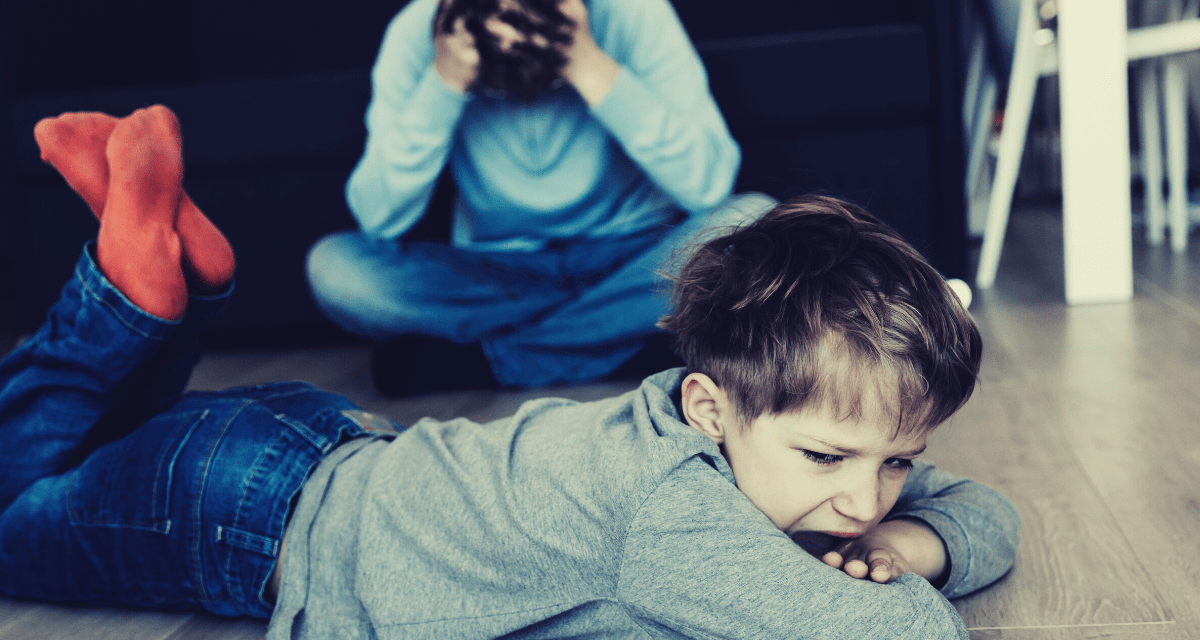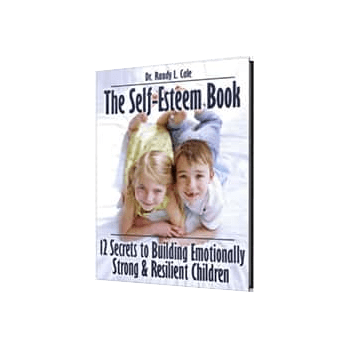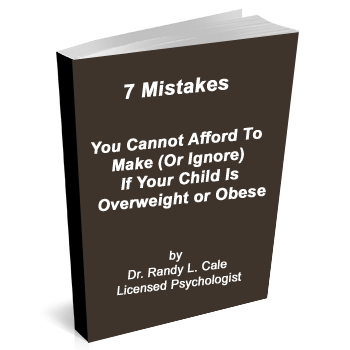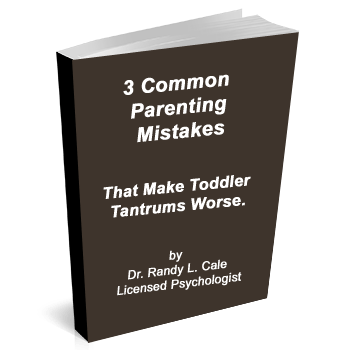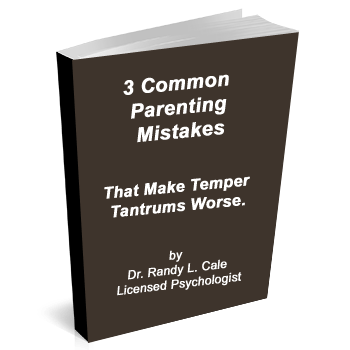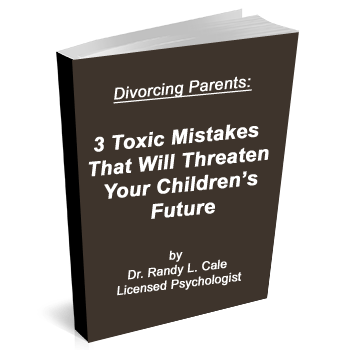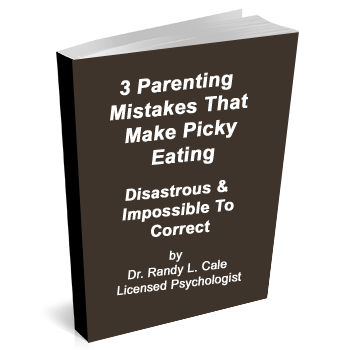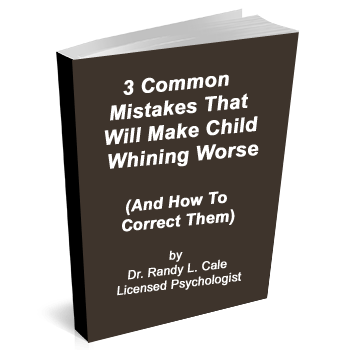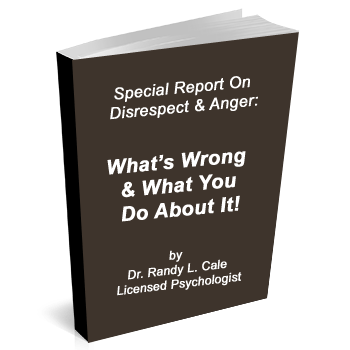In this article, I explained how emotional states feed on similar emotional states. When anger, meanness, or grumpiness is active, this ‘state of mind’ now seeks a similar state of mind to find resonance with. In other words, the negative state will seek out and provoke negative states in others.
Why? Think of it this way (even though this is not the complete story). Negative emotional states need a similar negative form to keep their existence in this world. We could think of this as the negativity must feed on other negativity to stay alive.
Anger and disrespect…must feed on anger and disrespect. Without any engagement with matching anger, these states fade away. Make sense?
Now, let’s tackle a game plan on turning this around.
Step 1: Master Our Own Emotions First: Awareness is the Key.
For many of us, we live in a world consumed by our thoughts and the emotions that follow those thoughts. We have some awareness of our emotions but little awareness of how our thoughts affect our emotions. For many of us with the male gender, we categorize or bury our feelings and only understand when they become overwhelming.
If your son or daughter has a history of anger and disrespect, many of us need to take a long, hard look in the mirror. Where am I easily provoked into anger? How grumpy am I when that teenage ‘grump’ is in my face? When challenged, how easily do I resort to anger?
In other words, is that angry child able to easily find anger to feed upon? This is essential to understand if you want to reduce the anger in your home.
With most of the families in my practice struggling with an angry child, their angry child easily provokes parents to anger or frustration. In other words, the child’s anger finds no problem getting fed with angry, annoyed, or reactive responses from mom or dad.
That is why we must first turn our attention to our own choices. Yes, this is hard. Hard. But it’s required if you want long term change.
So to start helping that angry child, we must become more aware. This requirement is for a heightened awareness of our emotional state and awareness of how we react to others. Not just the obvious, but also the underlying, unspoken state!
The more we can become aware of our emotional state, the more power we will have to change it. When we can do that, we can begin to shape the emotions of those around us…including that angry child or teen.
Awareness gives us a choice. If we don’t have awareness, we follow along the trail that is already unfolding. With awareness, we can begin to notice how we are affected and begin to take charge of our own emotions. Are we getting pulled in every single time, trying to explain, reprimand or prove a point? (Worthless, of course!)
Do we want our teenagers to dictate how we are feeling about the day? If they are perpetually grumpy, should we give up our joy over that? Do we want to feed that negativity on our own?
I hope the answer is strong, resounding no. While not easy, the first step is to realize what role you might be playing and to formulate a game plan to stop it. Be aware. Be acutely aware of your state and how this is affecting your family.
Once we have this awareness, we can move to step 2.
Step 2. Acknowledge What Truth Is. Then, Walk Away From the Ugly.
When you notice your grumpiness or a sense of being off, acknowledge this to yourself. Be brutally truthful about the thoughts that you’re having and the emotions that you’re feeling without judgment or putting yourself down. This is not a call to make yourself feel worse.
This is an opportunity to stop hiding behind some fake emotion and be clear about where you find yourself. Again, be brutally honest with yourself.
For those around you, speak the truth with them as well. Let them know that you are caught in some pain, some frustration, or you have the grumps.
Finally, this also applies to that angry or disrespectful, or grumpy child or teen. Instead of reacting, step back and be honest. “Son, you are nasty right now. I am walking away.” Do so without anger or intensity. It’s okay, to be honest… don’t do it with an emotional edge.
Now, it’s time to walk away from all the ugly, all the negative, and all the anger. Don’t engage your anger if you become aware of it. Don’t feed it by talking on and on about it. Don’t share more than the basics.
And, don’t engage other’s anger. Don’t react, correct or roll your eyes. Once you state your truth, walk away.
You start to get the picture here. You can keep talking about anger for years, discussing how you justify your anger by blaming others’ actions. Unfortunately, so can your child. And they will unless you start to do something different.
Even now, you can likely see how your child’s anger always positions them as the victim of someone else’s behavior (usually mom or dad). And, as the victim, there is no power. No now. Not ever.
Thus, it is essential to reduce the complexity of any successful change process. We will not fix this with redundant talking. Nor can we react to it and make it go away.
And here, at this level, we keep it simple. If you get caught and feel your own anger, walk away from whatever hooked you. And keep walking. Put your attention elsewhere. Turn on some music. Dance a bit. Do some Heart Rate Variability Breathing. Go for a walk or run. Anything, but feed it.
And, this is the same starting point for your child. If they are hooked, then smile and walk away. If you keep doing this, you will get good at it. And your son or daughter will eventually reduce their rampage. This will not be immediate, so let’s be clear about that. The anger evolved over time, and it will take a bit of time to subside. But hold the line, and never feed the anger. More ease will follow in time.

